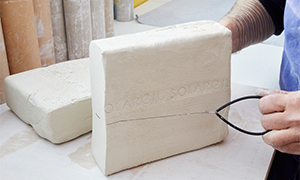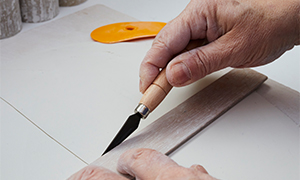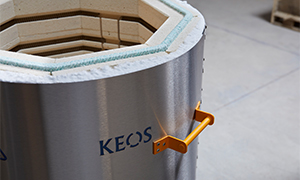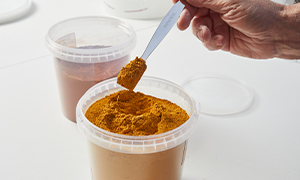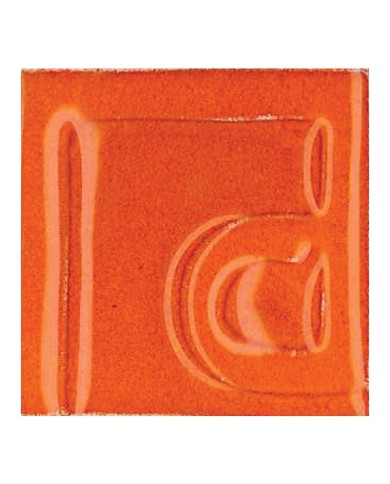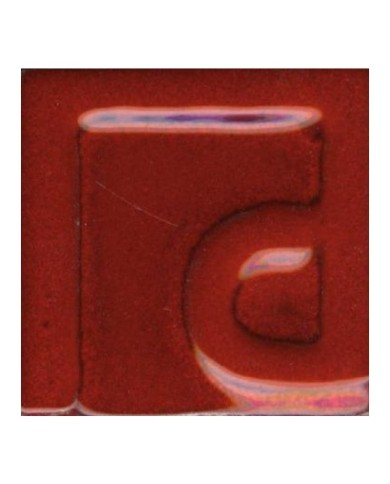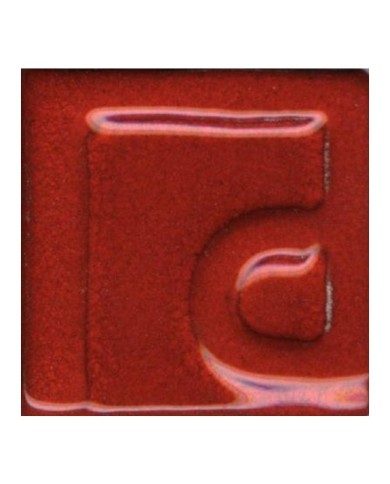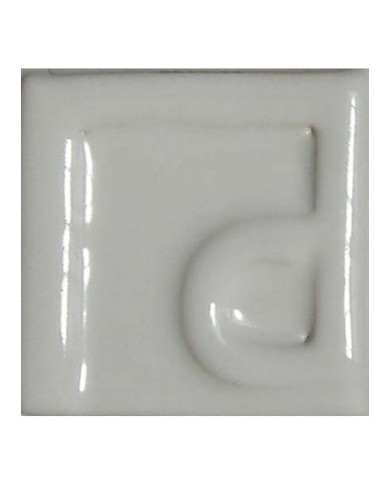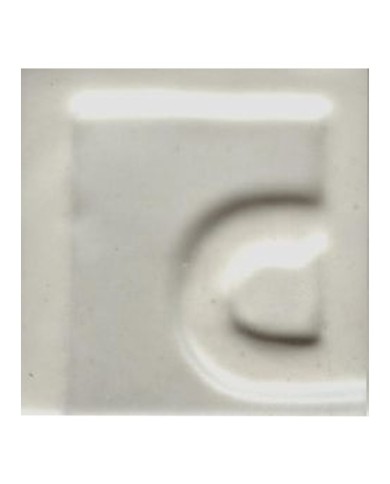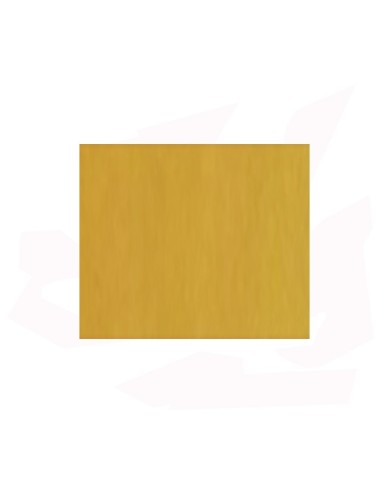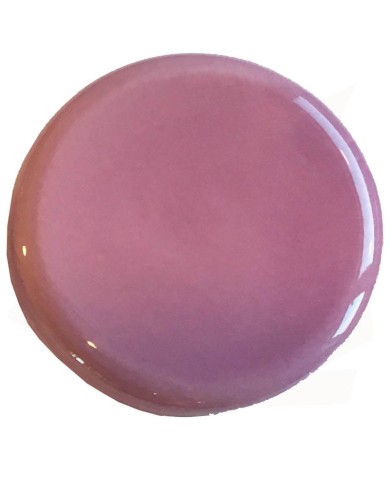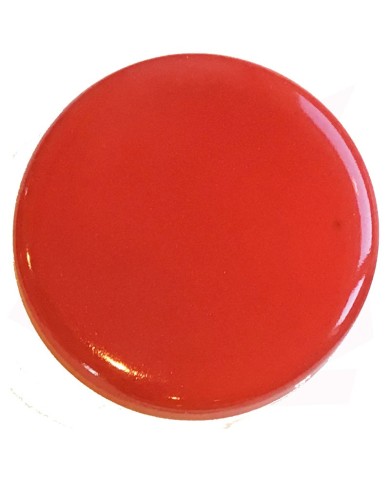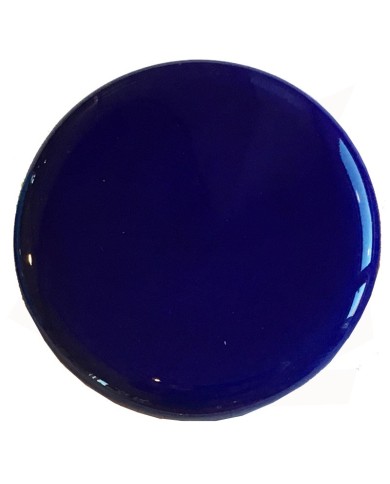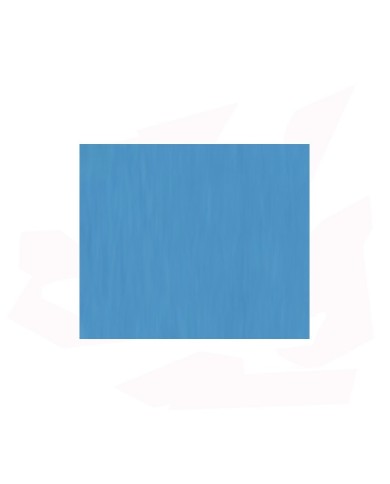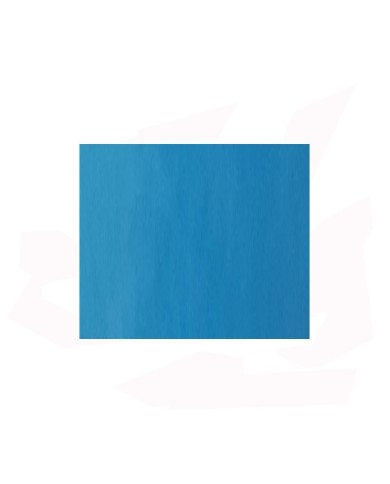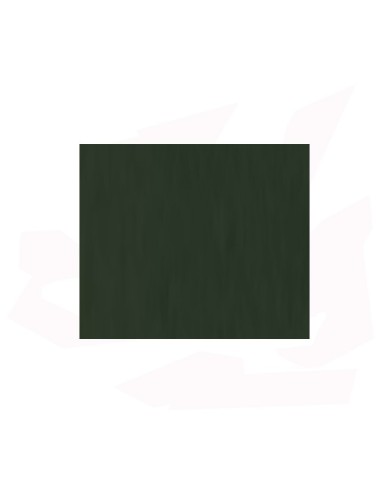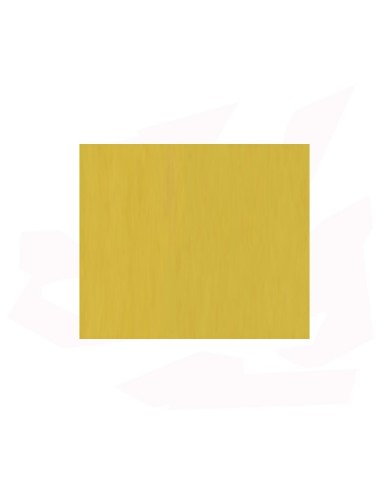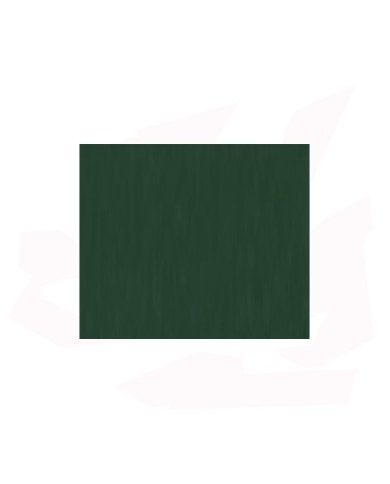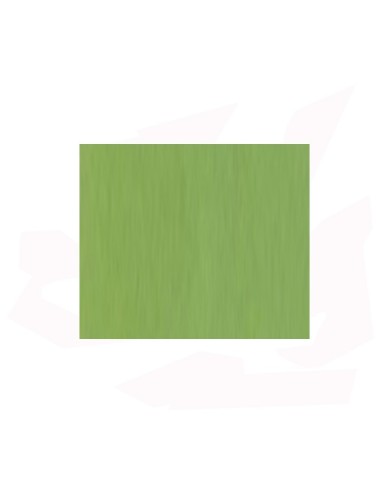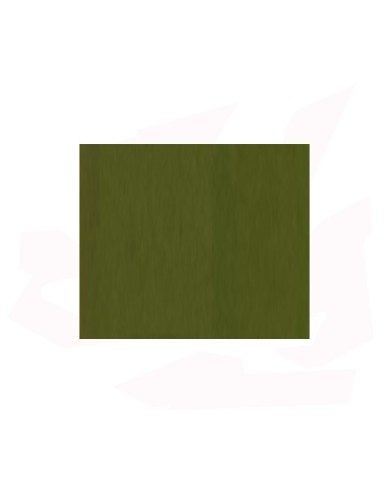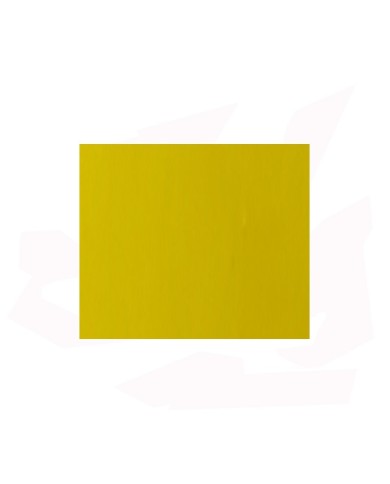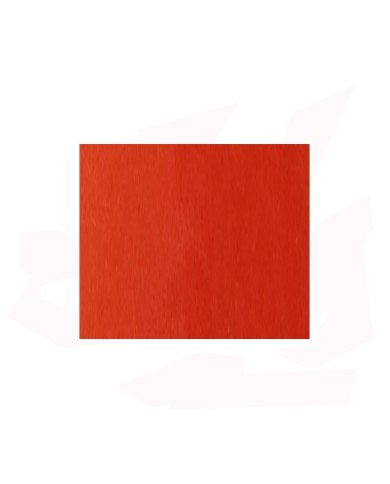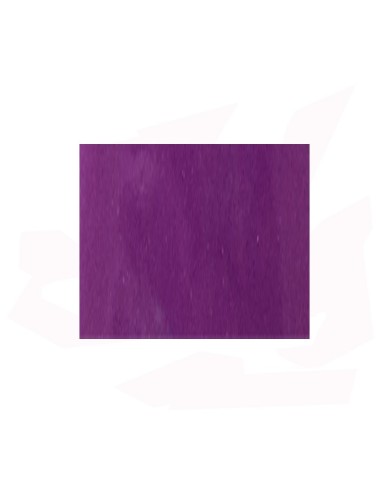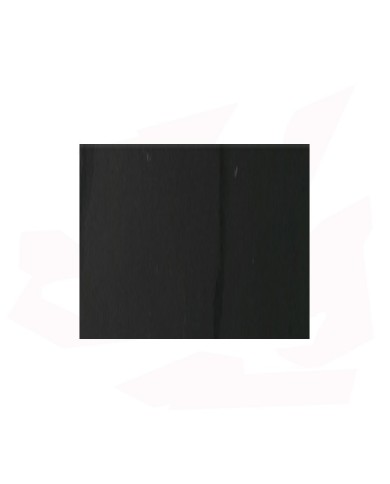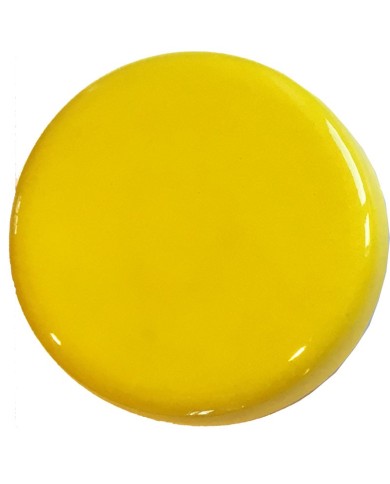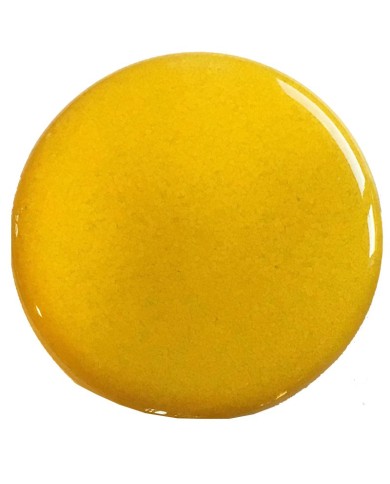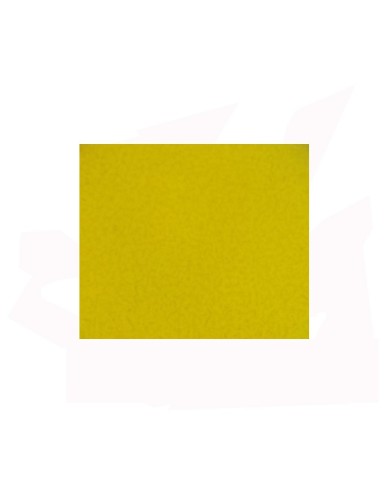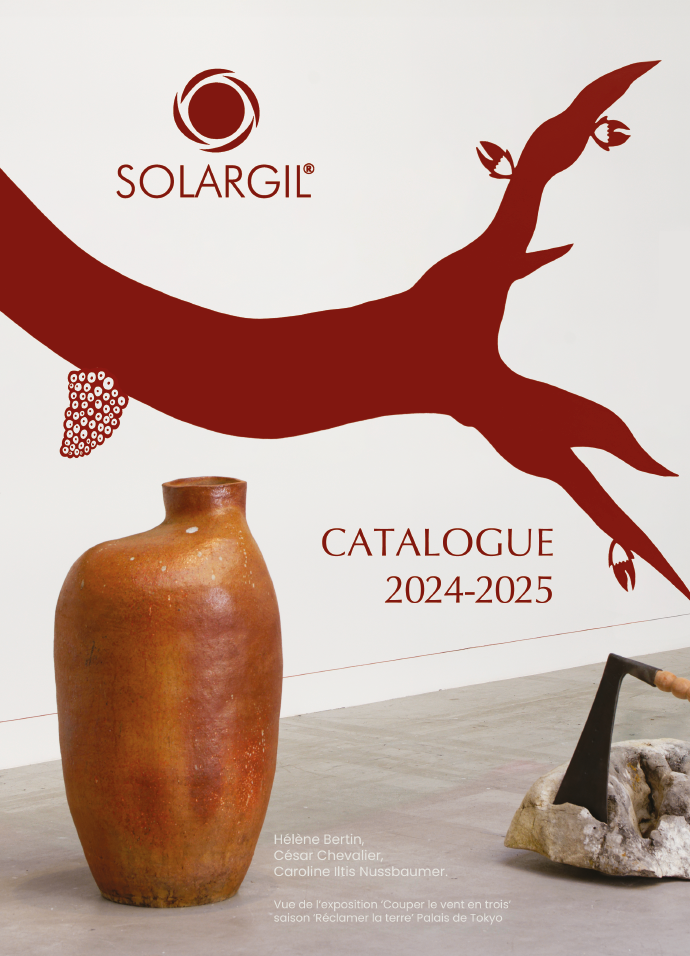Dark orange cadmium and selenium enamel - M7513
For glazing red or white earthenware.
The application can be carried out by bath or by spraying.
The recommended firing temperature varies between 960-1020°C.
Deep red M7510
Cadmium glaze with lead
Temperature of firing 960-1020°C
Opaque red cadmium enamel - M 7508
For enamelling ceramic pieces in red or white clay.
Firing temperature between 960-980ºC.
Red cadmium enamel - M7506
Intense red, opaque and shiny enamel.
For the enameling of ceramic pieces in red or white clay.
You can enamel by dipping or with a gun.
Recommended firing temperature between 960-1000ºC.
Glossy white enamel - M 5148
Composed of Frit.
Zircon Opaque White Enamel, lead free, which makes it suitable for all kinds of edible pottery.
Admits decoration very well. We recommend the use of lead-free pigments when the room to be decorated must contain food.
The firing temperature varies between 960-980ºC.
Matte transparent enamel - G 1005
Composed of Frit.
Transparent satin zinc and lead enamel.
Can be easily colored.
One must take into account the fact that zinc oxide can be bad to develop certain oxides dyes.
We recommend applying it for white paste and thin layer to avoid opalescences.
The firing temperature varies between 950-1000ºC.
Cobalt blue - ES919
Temperature of firing : 950-1050°C
Groupe I
Without lead
SHINY TRANSPARENTGLAZE ES915
Shiny transparent
Ref : ES915
Yellow - ES8870
Temperature of firing : 950-1050°C
Groupe II
With lead
Purple transparent with lead glaze ES8848
Firing temperature : 960-1040°C
Red tomatoe - ES8647
Temperature of firing : 960-1040°C
Groupe II
With lead
Cobalt blue - ES850
Temperature of firing : 950-1050°C
Groupe I
Without lead
Transparent crackled glaze ES85
With lead
Firing temperature : 940-980°C
PERIWINKLE BLUE - ES8060
Temperature of firing : 960-1040°C
Groupe I
Without lead
Intense blue sky - ES8057
Temperature of firing : 950-1050°C
Groupe I
Without lead
Shiny transparent glaze - ES805
Shiny white - ES798
Temperature of firing : 950-1050°C
Coeff dilat 25-300°C: 62
Groupe II
With lead
Shiny white - ES797
Temperature of firing : 950-1050°C
Coeff dilat 25-300°C: 62
Groupe I
Without lead
Dark green- ES7856
Temperature of firing : 980-1080°C
Groupe I
Without lead
Yellow - ES767
Temperature of firing : 960-980°C
Groupe I
Dark green - ES722/38
Temperature of firing : 960-1040°C
Groupe I
Without lead
Green pistachio- ES7201
Temperature of firing : 960-1040°C
Groupe I
Without lead
Matt white - ES600
Temperature of firing : 950-1050°C
Coeff Dilat 25-300°C: 72
Groupe I
Without lead
Green- ES580
Temperature of firing : 980-1080°C
Groupe II
With lead
Yellow- ES575
Temperature of firing : 980-1000°C
Groupe II
With lead
Orange- ES572
Temperature of firing : 950-1050°C
Groupe II
With lead
Transparent Glaze - ES569
Lilac - ES546
Temperature of firing : 960-1040°C
Groupe II
With lead
Shiny transparent glaze - ES510/FR
Green transparent - ES418
Temperature of firing : 960-1040°C
Groupe III
With lead
Dark orange - ES279
Temperature of firing : 950-1050°C
Groupe III
With lead
Yellow sun - ES275
Temperature of firing : 950-1050°C
Groupe III
With lead
Orange - ES274
Temperature of firing : 950-1050°C
Groupe III
With lead

